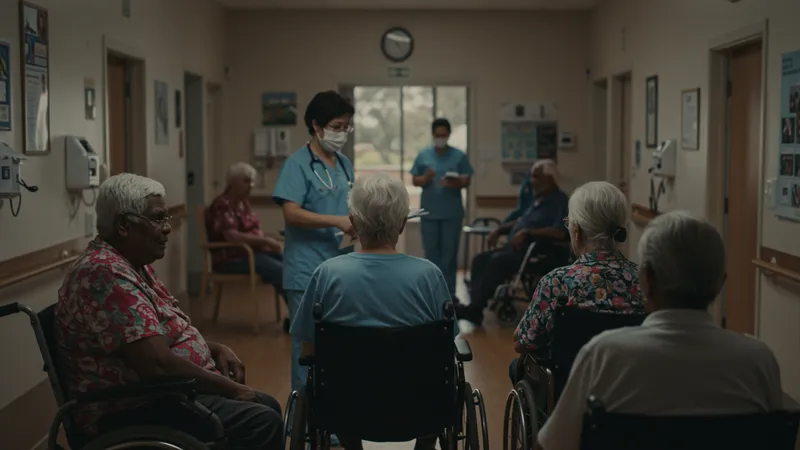
Understanding Swnior Pneumonia: Risks And Care
Key Risk Factors in Senior Pneumonia: Australia’s Unique Profile
Understanding pneumonia risk among Australian seniors requires looking at several intersecting variables. Age is the most critical factor: the likelihood of developing pneumonia increases sharply after 65. Chronic lung disease, diabetes, heart disease, and weakened immune systems put older adults at even greater risk. Australian research has also identified Indigenous status and rural residence as key risk enhancers, reflecting systemic health disparities. This means tailored prevention programs must address both individual health status and broader social influences.

Living arrangements significantly affect pneumonia exposure. Data show that those residing in communal environments, such as aged care facilities, face increased risk of outbreaks due to closer contact and shared spaces. Facilities across Australia report that even with strong infection controls in place, pneumonia remains one of the most common notifiable infections among residents. Home-dwelling seniors, while at lower overall risk, may not recognize symptoms as quickly and thus delay treatment.
Australia’s climate and seasonality also play roles, with winter spikes in respiratory illnesses leading to higher hospital admissions for pneumonia in seniors. During influenza seasons, overlapping infections can complicate diagnosis and recovery. The government has responded by integrating flu vaccination into pneumonia prevention protocols, and by promoting awareness campaigns specifically targeting older Australians every winter.
Medication side effects and nutritional status are sometimes overlooked contributors. Many seniors in Australia take medications that suppress immune responses or cause drowsiness, inadvertently reducing cough reflex and airway clearance. Insufficient nutrition, especially protein and micronutrients like zinc, further increases vulnerability. Interdisciplinary care teams in progressive aged care settings now include routine nutritional screening and pharmacist reviews to spot these hidden factors early.